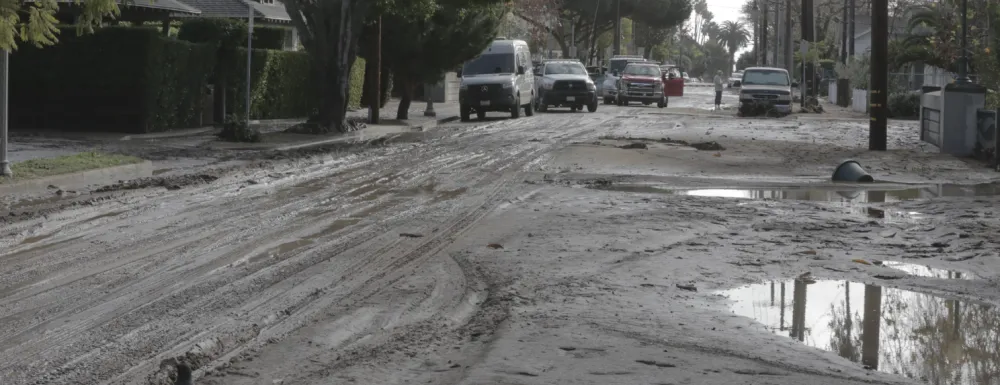
Storm Recovery Resources
Assessment and Recovery from the Santa Barbara Winter Storm
You may have questions as you return home after the recent storm and floodwaters and assess for property for potential damage. The following resources are available to answer those questions and help you during recovery after the storm.
In-person assistance is available through the Santa Barbara Public Library’s Community Connections program, which offers appointments for one-on-one assistance with navigating community resources and social services. Adult Education staff and the Library’s contracted social services support worker can answer questions and make referrals. This free service is available in English and Spanish. Appointments can be made by calling (805) 963-3727 or (805) 962-7653 or by visiting either Central Library or Eastside Library.
